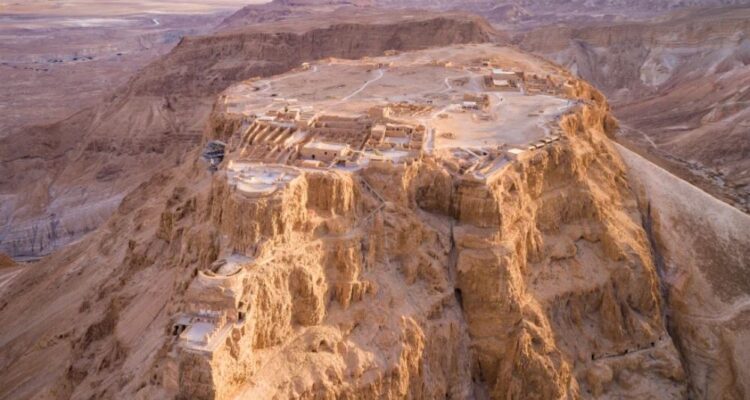A guided expedition helps to demystify this complex and fascinating part of the world.
Afew days into our tour of Israel, the rocket attacks begin. Palestinian militants in Gaza fire hundreds of rockets up the west coast, reaching as far as Tel Aviv.
At our overnight accommodation, a kibbutz near the Dead Sea on the east side of the country, the communal dining hall is overrun with 30 families who have fled their homes near the border of Gaza. We feel unnerved; they are relaxed.
We meet one of the fathers, Yossi, an Ethiopian-born Jew sporting long dreadlocks, pushing his daughter’s pram through the quiet pathways connecting the small row houses in the centre of the leafy green kibbutz. “It happens once or twice a year,” he shrugs. “We hope to go home soon.” He has faith in Israel’s Iron Dome defence system, which intercepts rockets aimed at highly populated areas.
Living with day-to-day conflict is the Israeli way of life. And not just those involving external adversaries in Gaza. Internally, Israel is identity politics on steroids: there are deep divisions between far-right religious Jews and their secular counterparts; between Jewish and Arab Israeli citizens; between Palestinians in walled West Bank communities and their Israeli gatekeepers.
“We are a mosaic, not an oil painting,” our Israeli guide, Sharon, explains. “We work together, but everyone goes home to their own village at night.” Sharon is himself an unusual combination: German-born, Catholic-raised, he converted to Judaism, learnt Hebrew and lives in a secular kibbutz with his gay partner.
Read the article by Rose-Anne Manns in the Financial Review.

